|
Enzymes are proteins secreted by cells and are found in every cell of the human body. They are responsible for controlling the rate of reactions and responses that direct, accelerate, slow down or modify all cell functions to supply energy and nutrients for the body. Enzymes are responsible for:
It is possible to have an enzyme deficiency such as a deficiency of lactase: enzyme for digesting lactose found in milk. Most people have heard of this enzyme but there are many other enzymes responsible for breaking down other parts of food such as
When an enzyme is deficient, a person can experience symptoms such as:
Raw foods vs Cooked foods Raw foods are natural and undiluted. They offer their pure being without any interference. They have both metabolic effects on the human body. A raw foods diet is a very interesting concept and has the potential to be very healthy or healing for those who have congestive ailments. When foods are eaten in their uncooked, most potentially nutritious state, the vital elements of nature are still in them. Raw foods diets can be healthy and adventurous, however, unless it is perfectly balanced, it is not good for long periods of time. It can provide good vitality and nutrient content, but is typically low in protein, calcium, and iron – all of which are essential for overall health and can lead to problems in the long run. Also, when food is not heated and warm foods are avoided, the body could be come cold. People in warmer climates do well on these diets because their bodies stay warm from the sun. Cooking foods softens the cellulose (enzyme found in food that the body cannot create on its own) and fiber in starchy foods and make their nutrients more available to digest. In the case of animal meat, although heat in fact toughens the proteins, it helps inactivate bacteria and microorganisms that could cause putrefaction (fermentation in the intestines) and disease. Cooking foods makes digestion less stressful and will help those who have digestive issues. So, it’s best to have a balance of both raw and cooked foods to maintain proper homeostasis of the body.
1 Comment
Antioxidants are natural compounds that help protect the body from harmful free radicals
All fruit contain antioxidants but especially the deep-coloured fruits such as berries of all kinds (bilberries, blueberries, huckleberries and strawberries) all have compounds that help protect against cell degeneration and cancer. Vegetables are also an excellent source of antioxidants as ongoing research into thousands of phyto-chemicals and antioxidants continue, more and more are being found in all those leafy green and cruciferous (broccoli, cauliflower, Brussel sprouts, kale and cabbage) veggies.  Silicon is a mineral that is not commonly talked about as an essential nutrient but is present in soil and is the most abundant mineral in the Earth’s crust second to Oxygen. It is necessary for:
Sources:
**Note: this post is not meant to diagnose, treat or cure any illnesses. It is for informational purposes only. Always read and follow the labels when taking supplements and always consult a healthcare professional. Zinc has so many important functions and potential uses that both doctors and patients should think ZINC more often for handling every day issues.
Zinc deficiencies are common now as a result of soil losses and food processing.
Sources:
50mg/daily (more than 100 mg daily has opposite effect and suppresses immune system) **Note: this post is not meant to diagnose, treat or cure any illnesses. It is for informational purposes only. Always read and follow the labels when taking supplements and always consult a healthcare professional. Selenium became one of the most exciting nutrients in the 70’s and 80’s when it switched from being classified solely as toxic to regarded as an essential mineral needed in small amounts daily. Selenium’s principle function is to inhibit the oxidation of fats as a component of the enzyme GLUTATHIONE PEROXIDASE. It is a vital antioxidant, especially when it is combined with vitamin E.
Many roles of selenium are:
Sources:
Unless your healthcare provider prescribes it DO NOT take more than 400mg daily. One ounce of brazil nuts can contain as much as 544 micrograms of selenium. If you supplement selenium daily, DO NOT consume Brazil Nuts. Depending soil where food is raised, the levels of selenium may vary **Note: this post is not meant to diagnose, treat or cure any illnesses. It is for informational purposes only. Always read and follow the labels when taking supplements and always consult a healthcare professional. At some point you have probably heard about the importance of iron or maybe know someone who is taking it in supplementation. It is a well-known trace mineral with a long history and is found in every cell of the body and almost all if it combines with protein. One of the most important function of IRON is its role in the production of HEMOGLOBIN and MYOGLOBIN (the form found in muscles tissues) and the oxygenation of red blood cells.
Iron is the mineral found in the LARGEST amounts in the blood and is essential for many enzymes including CATALASE (an iron containing enzyme that is found through out the body and seems designed to prevents hydrogen peroxide from building up inside the cells because it converts hydrogen peroxide into oxygen and water) and is important for growth. It is also required for a healthy immune system and for energy production Deficiencies are extremely common and caused by insufficient intake but may also be the result of:
***Because iron is stored in the body, excessive iron intake can also cause problems and supplementation should be done under the supervision of a healthcare professional*** The build up of iron in the tissues has been associated with a rare disease known as HEMOCHROMATOSIS. Hemochromatosis is a hereditary disorder of iron metabolism that is found mostly in med and post-menopausal woman. (premenopausal women have an advantage because of their menstrual cycle) Excessive absorption of IRON from both food and supplements can lead to:
There are two different forms of iron: HEME and NON-HEME sources. HEME- comes from animal sources and are most absorbable. NON-HEME come from plant sources of iron. **Note: this post is not meant to diagnose, treat or cure any illnesses. It is for informational purposes only. Always read and follow the labels when taking supplements and always consult a healthcare professional. Phosphorus is the 6th most abundant element after calcium in the human body, making up 1% of the total body weight and is present in every cell of the body. 85% of the phosphorus is found in the bones and teeth. Phosphorous is needed for:
An appropriate balance of MAGNESIUM, CALCIUM and PHOSPHORUS should be maintained at all times as phosphorus and calcium compete for absorption in the intestines. Deficiency of phosphorus are extremly rare, but symptoms include:
Phosphorus is found in most foods, especially cooked food and sodas. The typical all american diet consumes a lot of soda which provides too much phosphorus and not enough calcium which leads to the reduction of calcium storage in the body explaining why so many people are calcium deficient. While most people are getting their phosphorus intake from sodas, other foods that also contain phosphorus are:
**Note: this post is not meant to diagnose, treat or cure any illnesses. It is for informational purposes only. Always read and follow the labels when taking supplements and always consult a healthcare professional. Potassium is a significant body mineral important to both cellular and electrical function of the body. It is one of the main blood minerals called: electrolytes (the others: sodium and chloride) which means that it carries a tiny electrical charge through the body.
It is important for a healthy NERVOUS SYSTEM and a regular HEART RHYTHM. It also: Helps prevent stroke
A high intake of potassium protects several body systems:
Signs of deficiency include:
High amounts are found in:
Caffeine reduces potassium absorption. **Note: this post is not meant to diagnose, treat or cure any illnesses. It is for informational purposes only. Always read and follow the labels when taking supplements and always consult a healthcare professional. Sodium has received a bad reputation since the rise in cholesterol. But our bodies do need some amount of sodium in the body as it is the primary positive ion found the blood and body fluids and is found in every cell in the body. It is necessary for maintaining proper pH balance in the blood and is needed for stomach, nerve and muscle function. Although deficiency is rare, it can happen and is most likely to affect people who take diuretics for high blood pressure especially if they simultaneously adhere to a low sodium diet.
Some experts say 20% of elderly people who take diuretics may be deficient in SODIUM In cases like fibromyalgia, studies show moderate amounts of sodium are needed in natural SEA SALT form. Sea salt is the most natural form of sodium and when choosing a salt to add to your food, this is the best choice Deficiency symptoms include:
Excessive intake can result in:
A proper balance of sodium and potassium is necessary for good health. If you sweat excessively you will need to replenish sodium intake. **Note: this post is not meant to diagnose, treat or cure any illnesses. It is for informational purposes only. Always read and follow the labels when taking supplements and always consult a healthcare professional. Magnesium is an important essential macro-mineral that only makes up 0.05% of our body weight but is involved in several hundred enzymatic reactions which contribute to many bodily functions.
Sources:
Consumption of alcohol, use of diuretics, diarrhea, the presence of fluoride and high levels of zinc and vitamin D all increase the need for magnesium. Consumption of fats, calcium and D and proteins decrease magnesium absorption as do foods high in OXALIC ADID- such as almonds, chard, cocoa, rhubarb, spinach and tea. **Note: this post is not meant to diagnose, treat or cure any illnesses. It is for informational purposes only. Always read and follow the labels when taking supplements and always consult a healthcare professional. |
AuthorI'm Elizabeth and I love cooking! When my son was faced with many different food allergies, cooking became very challenging. Now I like to educate people about what they are putting in their mouth as well as inspire others that cooking healthy allergen friendly foods are easy and delicious. For recipes, visit my Instagram account @holisticmommabear Archives
March 2020
Categories |

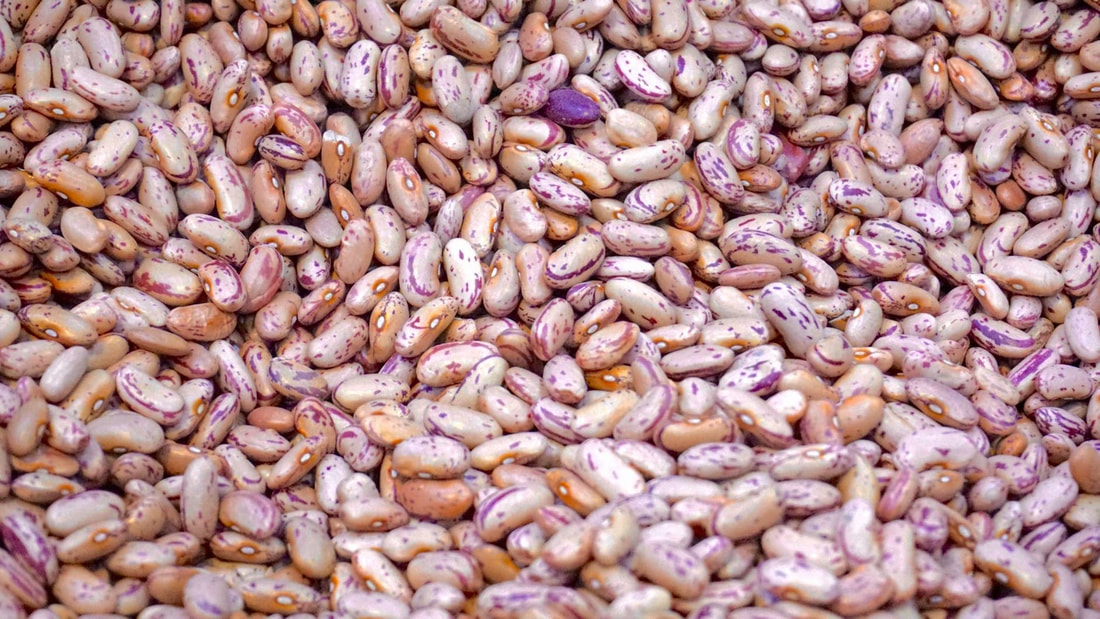
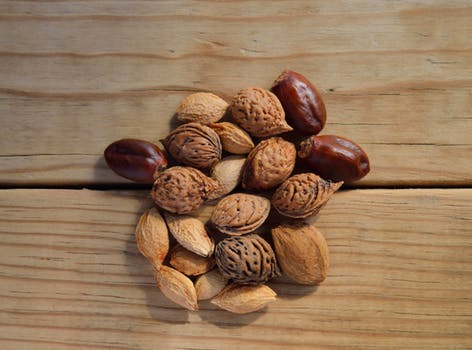
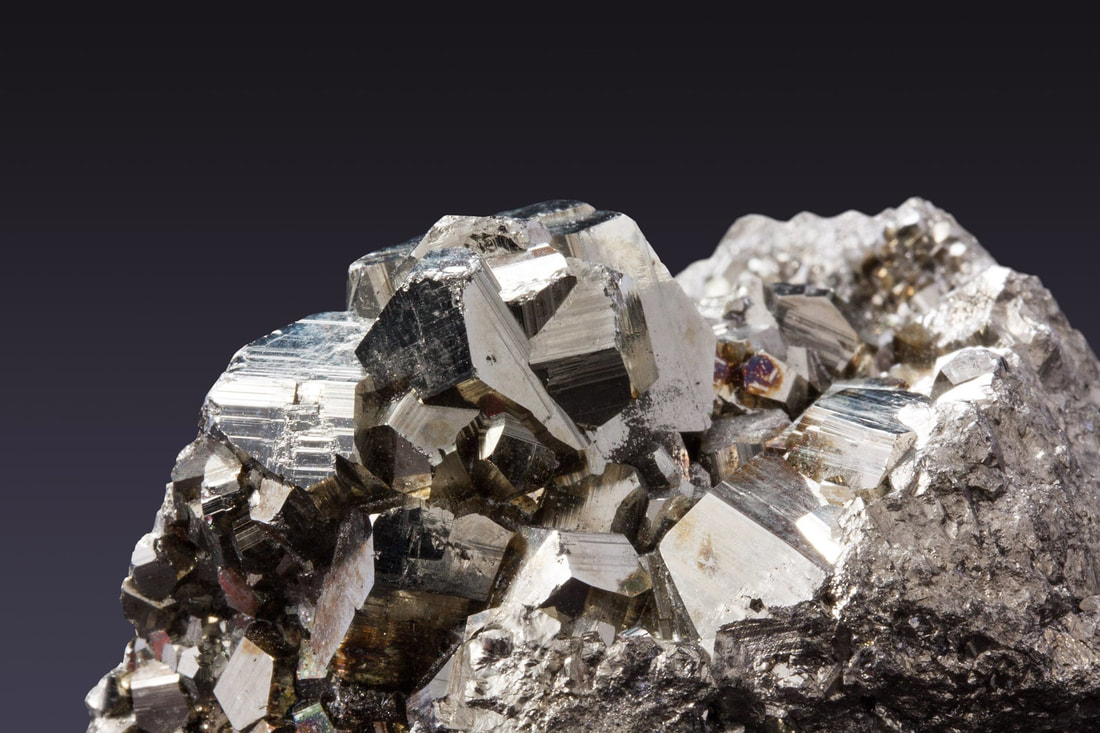


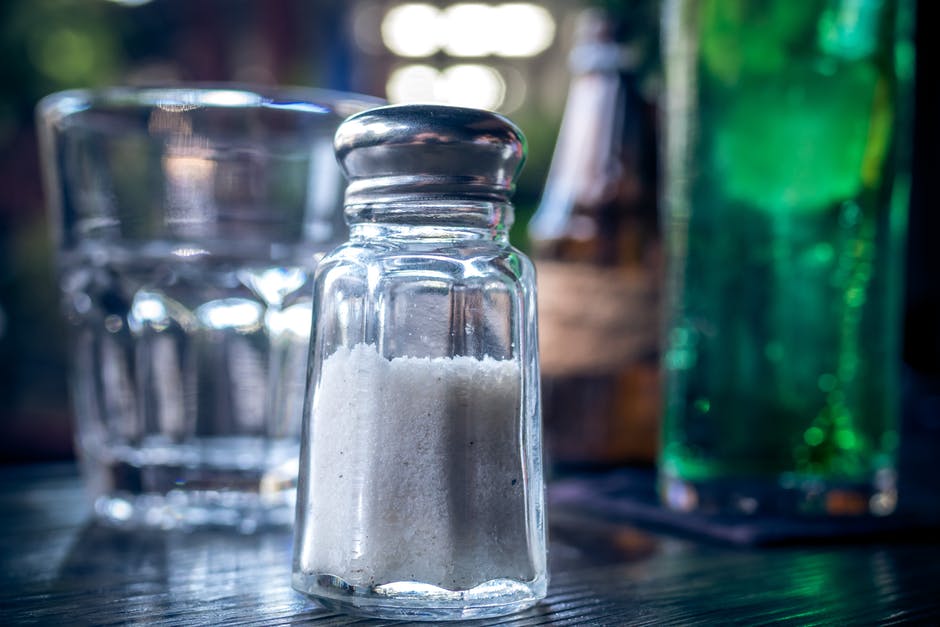
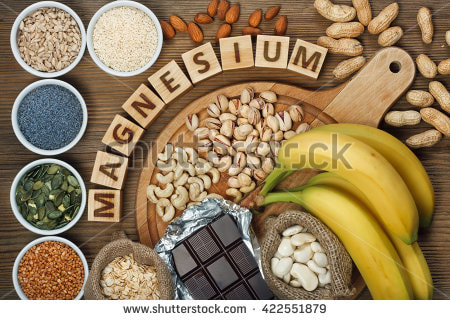
 RSS Feed
RSS Feed